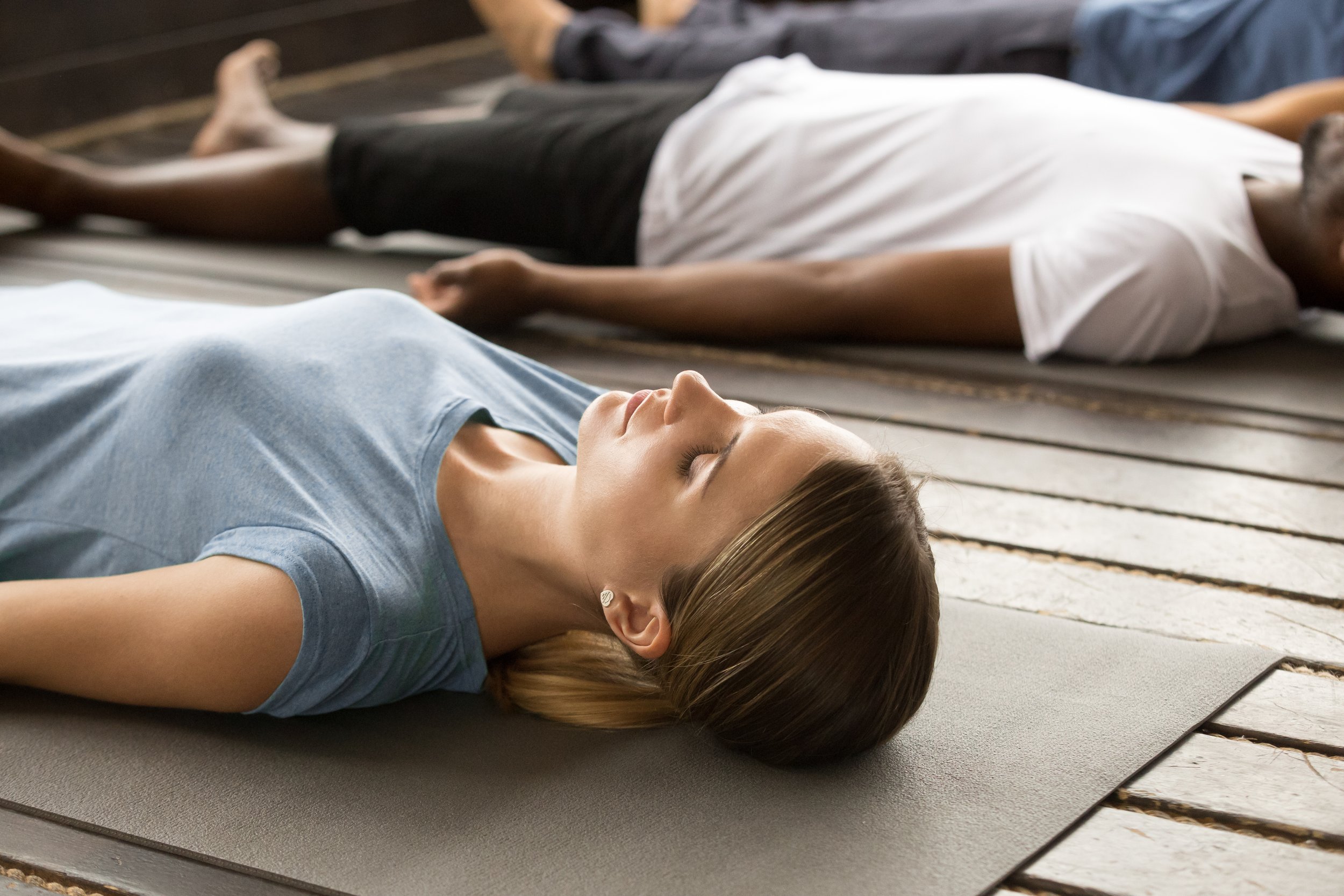
Everything You Need to Know About Breathwork
If you're new to breathwork, you may have questions about what it is, how it works, and how to get started—I’m here to help!
Frequently Asked Questions
-
When you practice active breathwork, you saturate the body with oxygen. This stimulates the hypothalamus gland and releases endorphins, ultimately “switching off” the thinking part of the brain (not without a fight—but this is all part of the journey). When this happens, you inhabit your body rather than your mind, allowing your body to release stuck emotions and undergo a transformational experience.
-
Because breathwork can be such a profound experience, some discomfort is to be expected. However, on the other side of discomfort lies transformation and I encourage you to keep going and breathing.
Here are some of the side effects you may experience during your session. Remember, these are all perfectly normal and you are entirely safe:
A tingling sensation in your hands, feet, and face
Dizziness or light-headedness
Muscle tightness or spasm in the hands and jaw (known as tetany). This is normal and will go away after your breathwork session
Fluctuations in body temperature
Body movement, such as shaking or vibrating
Altered states of consciousness
Intense emotional release
-
Absolutely! I feel privileged to guide people through their first breathwork practice. I'm here to support and encourage you, and I’m passionate about creating a safe, comfortable environment that enables you to have the best possible experience.
-
It’s totally normal to be nervous—I certainly was when I participated in my first breathwork session! In fact, it’s such a powerful experience that I still get nervous sometimes.
Remember, you are safe and in complete control of yourself and your experience. I believe a fundamental part of this practice is to move past discomfort and fear to learn what’s on the other side. What does it feel like to acknowledge you’re afraid but still show up for yourself and push past it?
While I encourage participants to keep breathing through discomfort, you can stop the ride at any time by returning to your normal breath. As your breathwork coach, I’ll be there to guide you throughout the entire session.
-
Not at all! A defining characteristic of hyperventilation is losing control of the breath—here, we keep the breath under complete control. The breath will flow circularly and may cause some discomfort, but you are in control and can pause or slow down at any time. As your breathwork facilitator, I'm here to support and encourage you through any resistance you may feel.
-
If you have any medical conditions or are currently taking medication, please consult your doctor prior to practicing Breathwork.
Breathwork can result in intense physical and emotional release. It is not advised for persons with a history of cardiovascular disease, including angina or heart attack, high blood pressure, glaucoma, retinal detachment, osteoporosis, any significant recent physical injuries or surgeries, severe mental illness, diagnosis of schizophrenia, seizure disorders or are using major medications, blood thinning medicine.
Breathwork is not advised for persons with severe mental illness or seizure disorders or for persons using major medications. It is also unsuitable for anyone with a personal or family history of aneurysms. Pregnant women are advised against practicing Breathwork without first consulting and getting approval from their primary care physician. Persons with asthma should bring their inhaler and consult with their primary care physician and the Breathwork facilitator before their first session.
-
Wear comfortable/loose clothing
Avoid eating at least 2-3 hours before the session
Bring a yoga mat or other comfortable may for laying down
Blanket (OPTIONAL)
Eye mask (OPTIONAL)
Keep an open mind
